Principles for information models
In order to establish information models that will be common to public enterprises, we need common, basic design principles. Therefore, take into consideration these nine principles in the enterprises' work with information models.
Version: 1.0
Status: published
Publication date: 17. june 2022


Coherent
Models should be coherent across the different phases of the modeling process and across levels of abstraction.
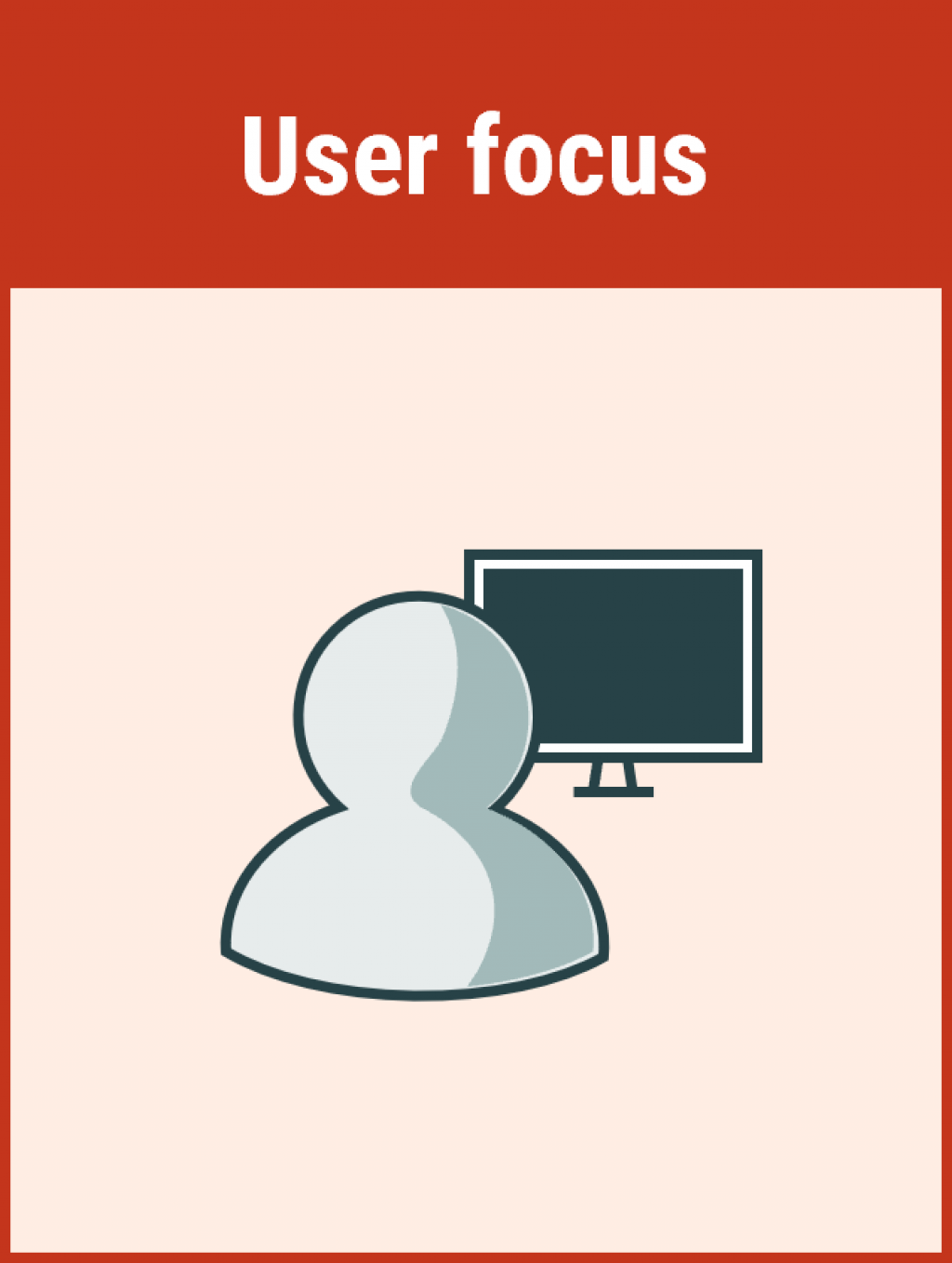
User focus
Models should be as simple as possible to meet user needs, and should be easily understood by different user groups.
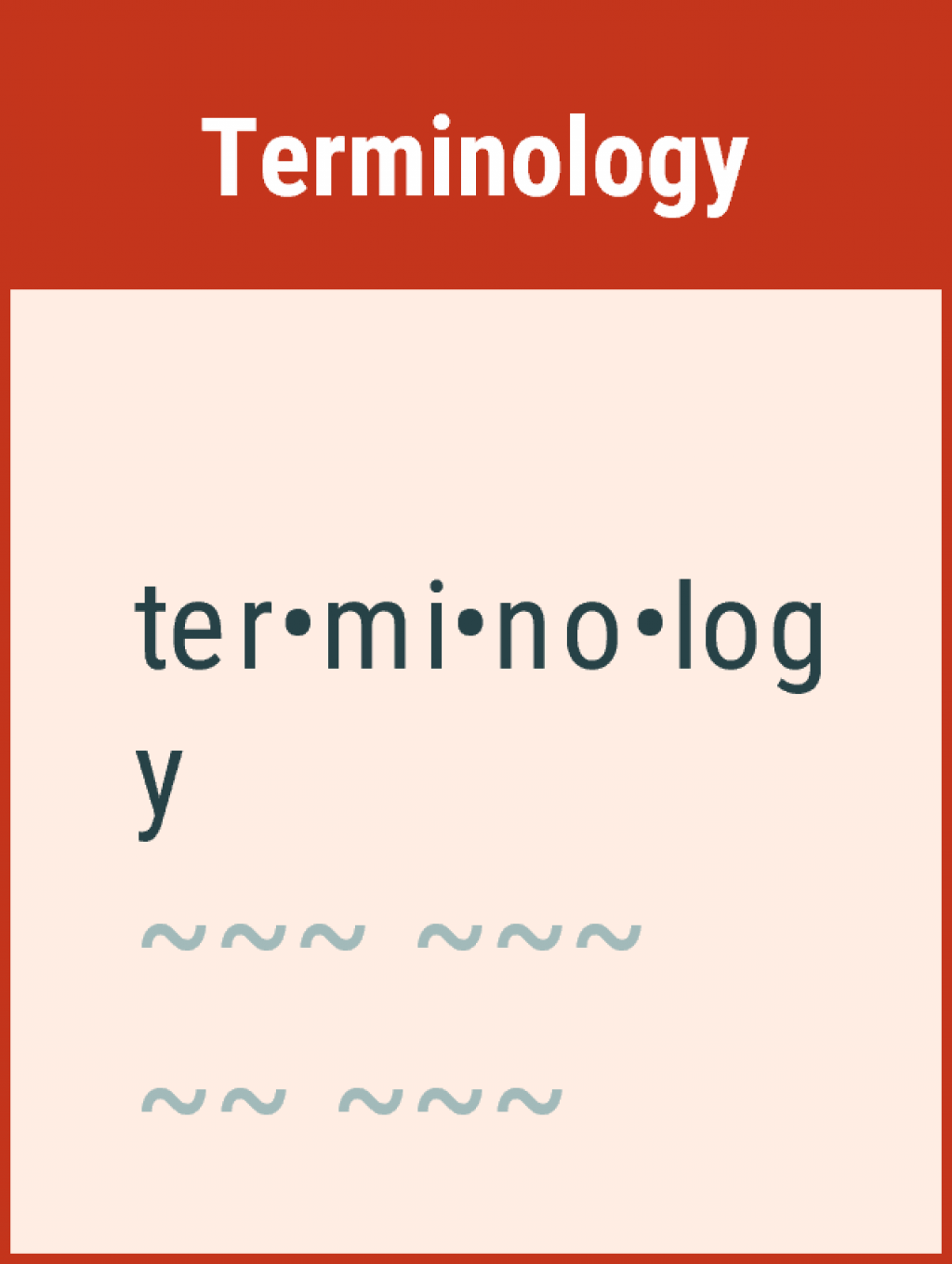
Terminology
Models should be established in accordance with existing terms and definitions, as far as possible.
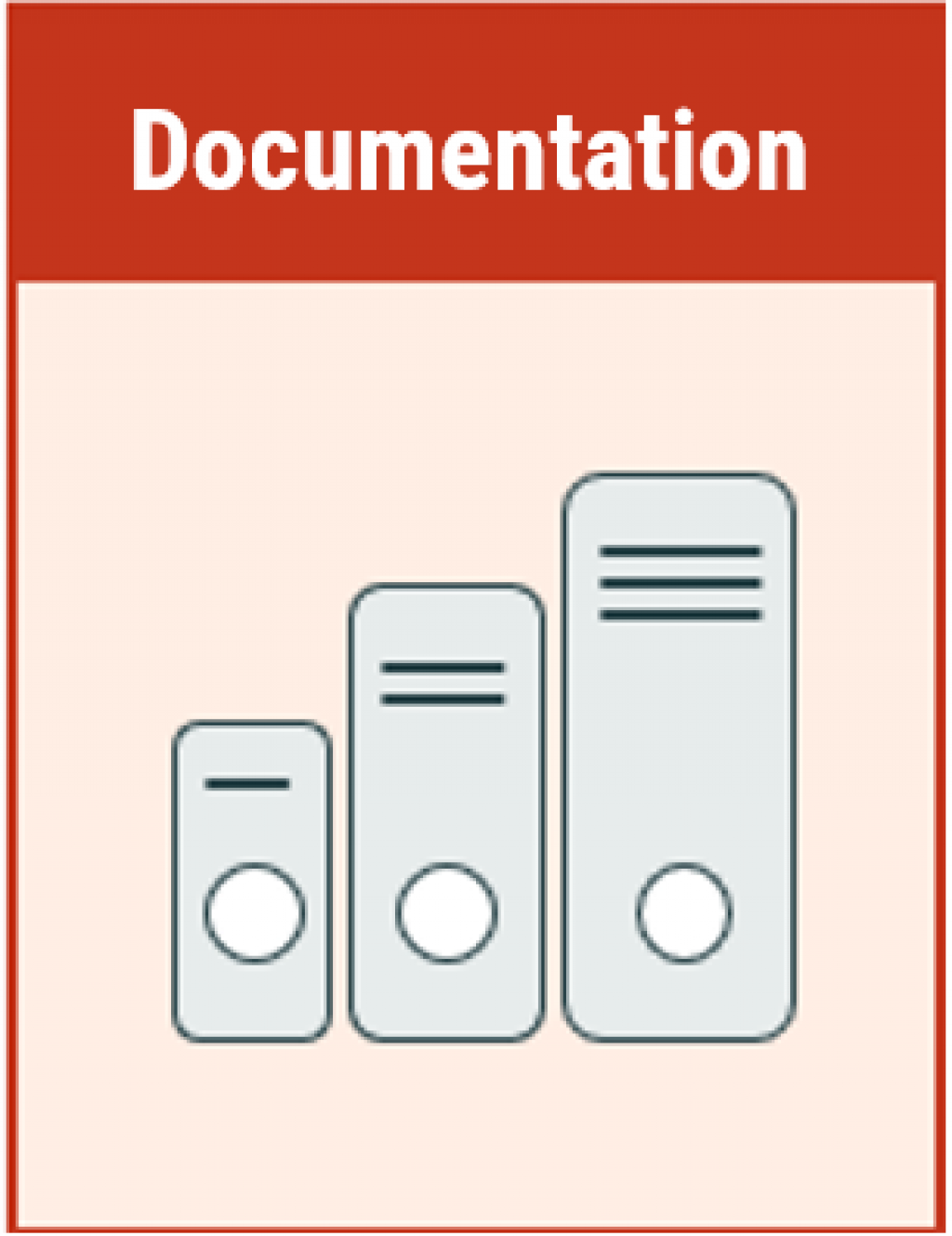
Documentation
Models should have documentation that can be adapted for different user groups.
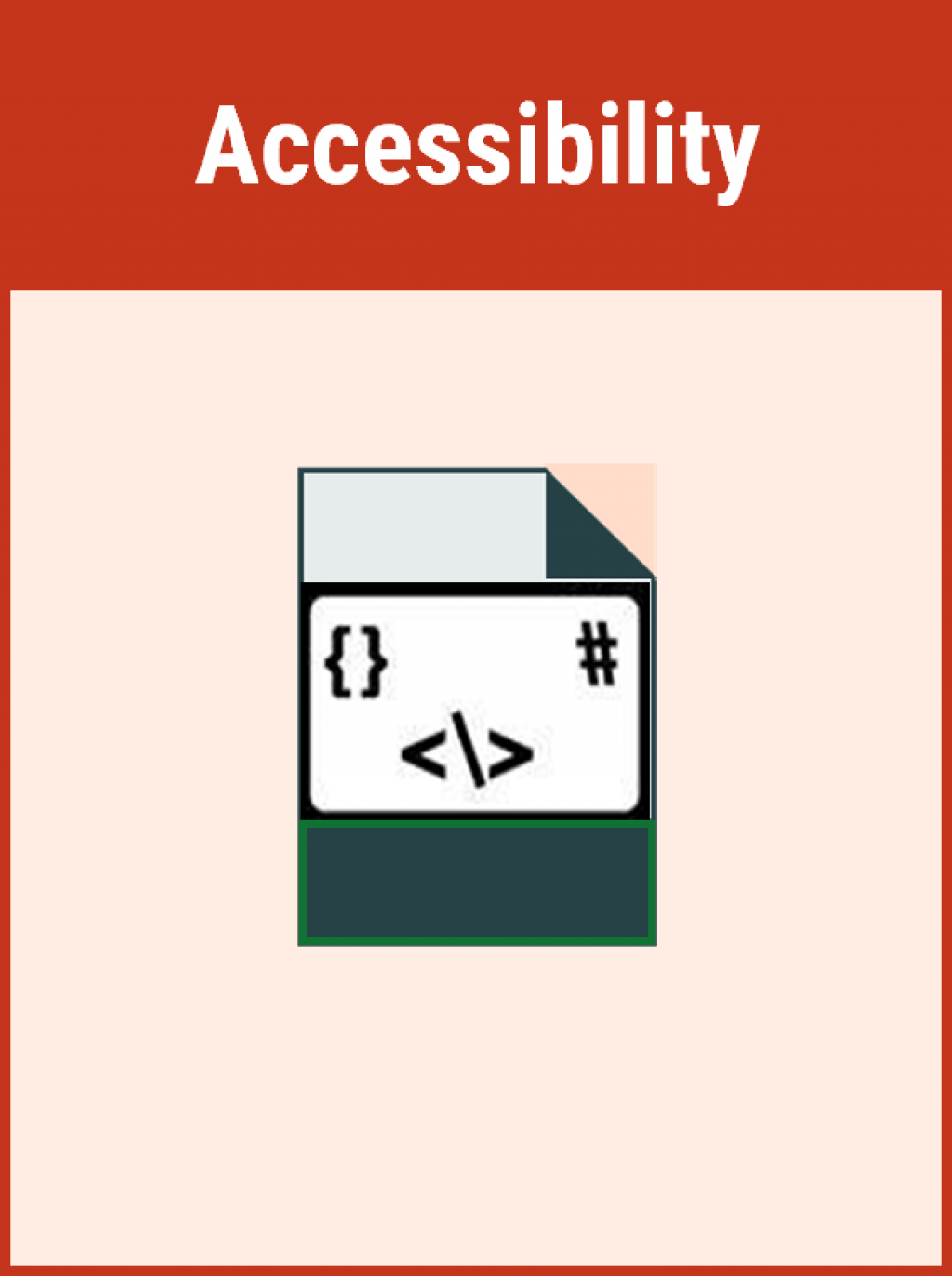
Accessibility
Models should be accessible in standard formats.
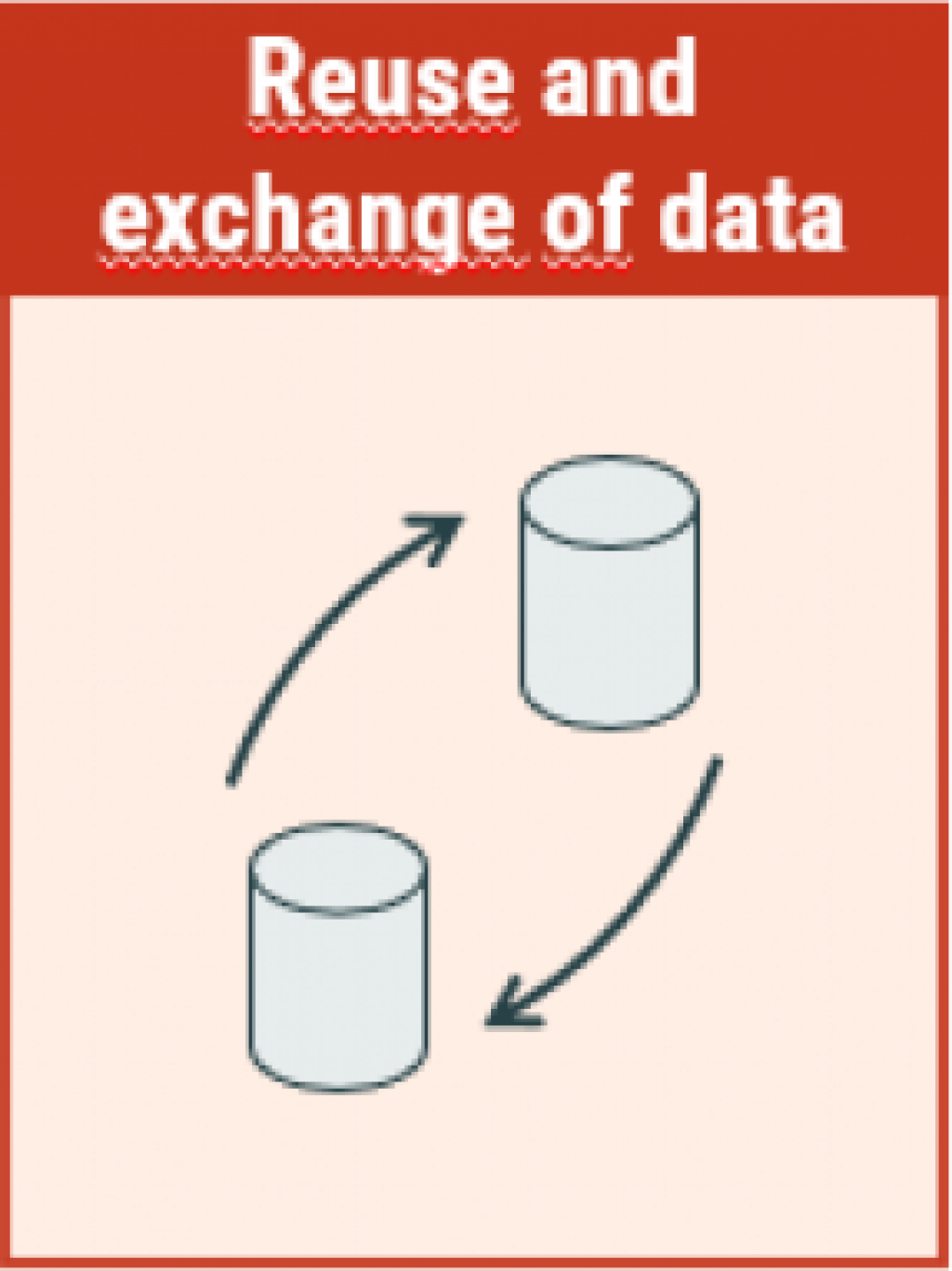
Reuse and exchange of data
Models should support reuse, exchange and sharing of data in and between enterprises.

Modularity
Models should be divided up into reusable modules.

Stable and extendable
Models should be stable and extendable. New versions should be developed as needed, in contact with user groups and within a defined management regime.
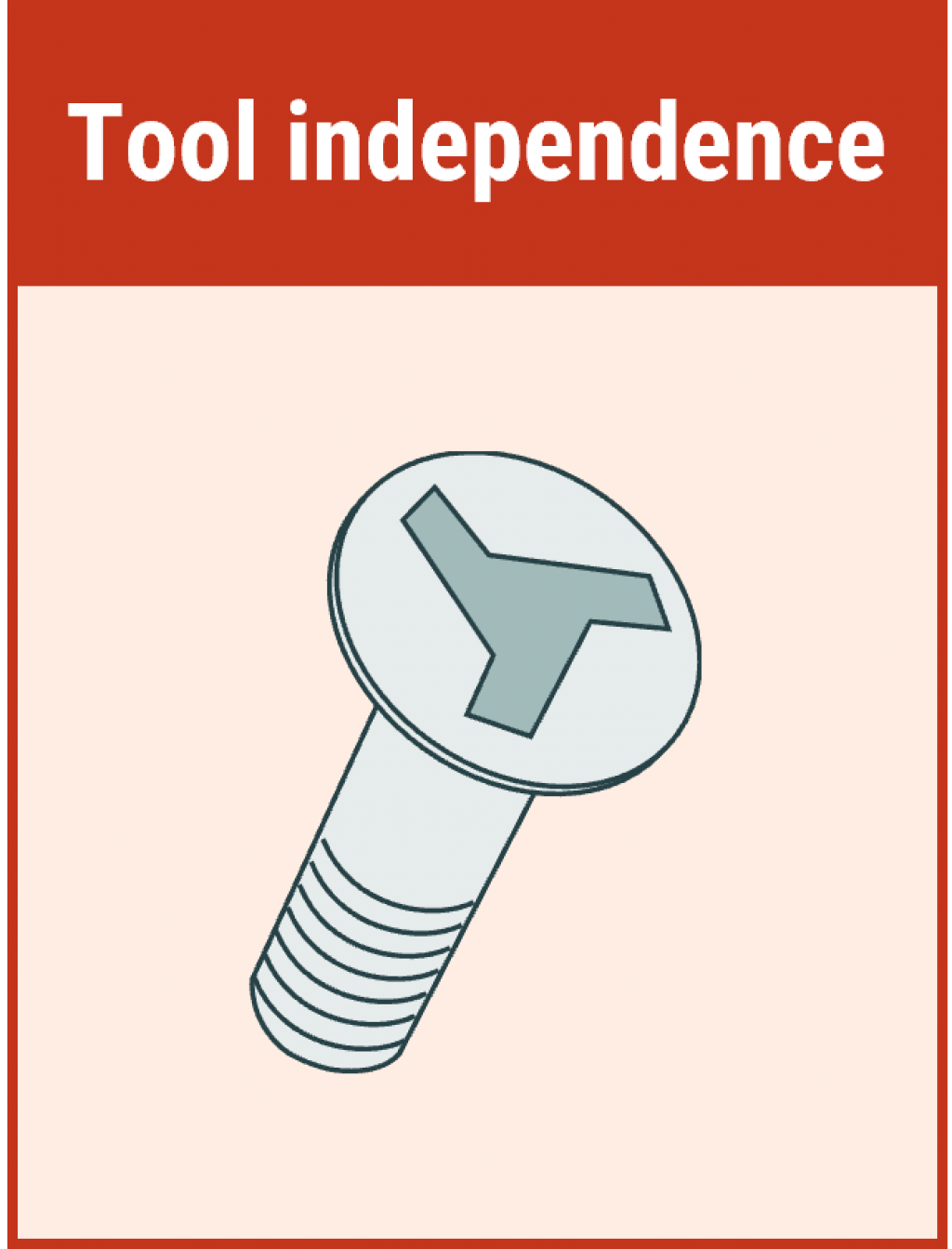
Tool independence
Models should be independent of any specific technologies or tools.
